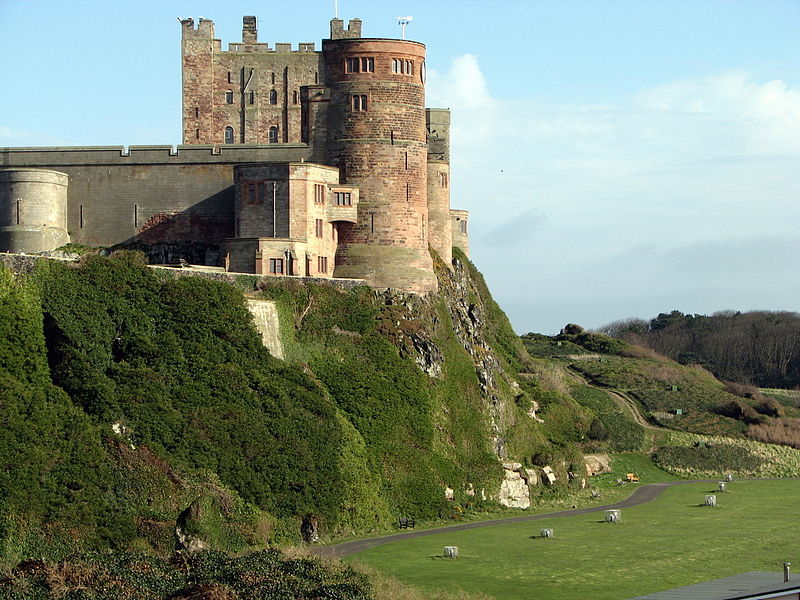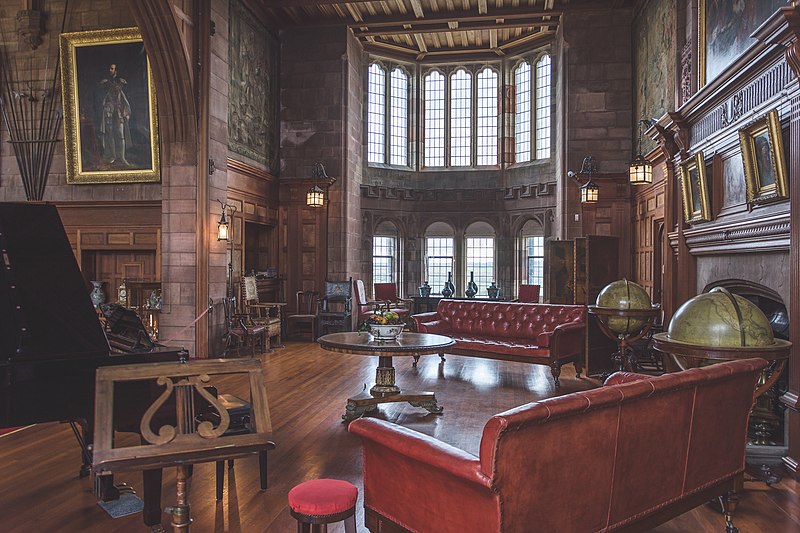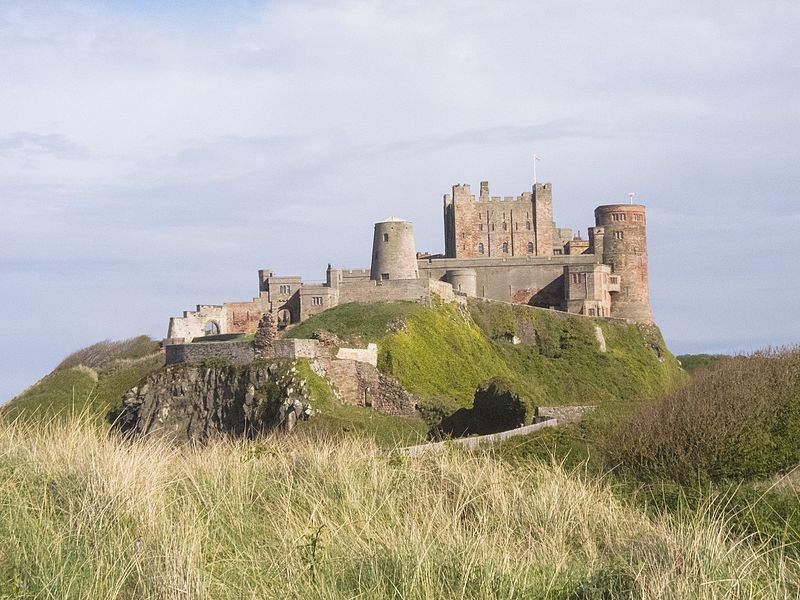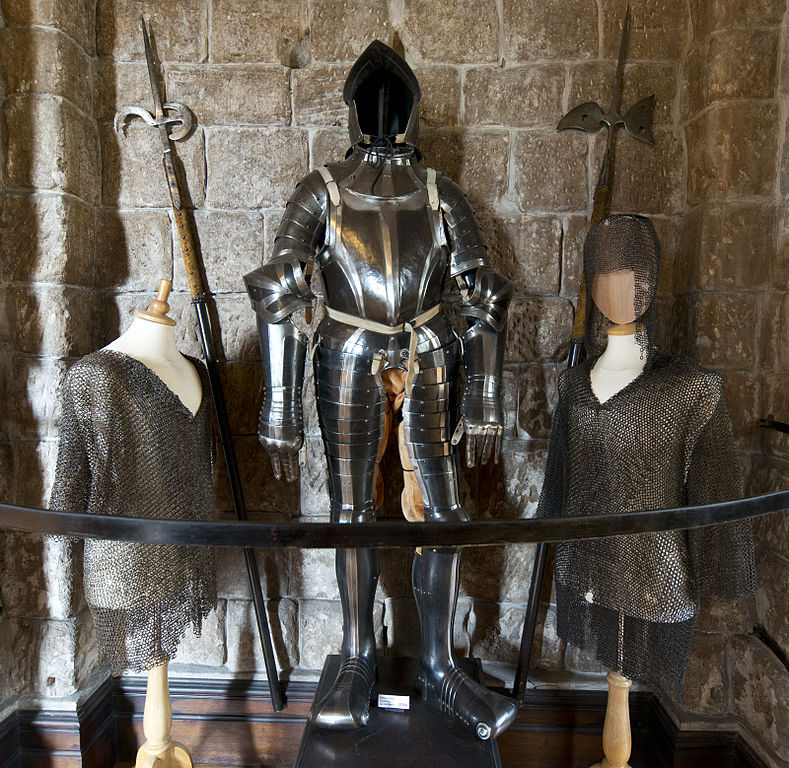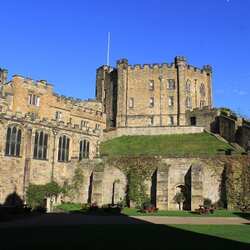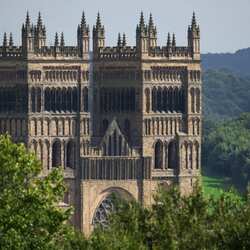Bamburgh Castle
Bamburg is a beautifully located castle built on basalt deposits high above a sandy beach, overlooking the North Sea and the Farne Islands. The current building dates back to the 12th century and was restored by the first Lord Crewe in the 1750s and then by the first Lord Armstrong in the late Victorian era. The castle was attacked during the Wars of the Roses and became the first English castle to surrender to an artillery siege.
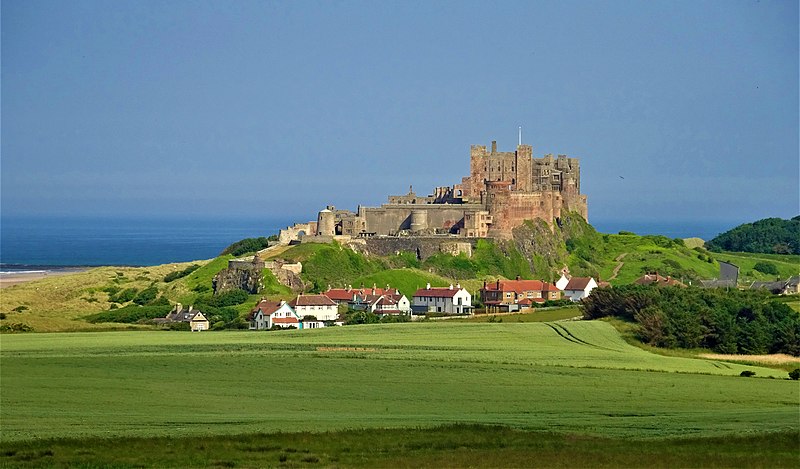
Castle interior
Sixteen halls of Bamburgh Castle are open to the public, including the Crewe Museum Room, which was originally a medieval kitchen but is now home to interesting exhibits ranging from an oak table found on the 2nd-century Emperor Hadrian's Bridge over the River Tyne to 7th-century gold. The Royal Hall is a magnificent restored medieval hall with a minstrel gallery. The oldest preserved part of Bamburg Castle is a 12th-century fortress, part of which was adapted to display medieval and Napoleonic armor. Among the exhibits is a magnificent 7th-century sword found here in 1960, known as the "Bamburg Sword", which probably belonged to the Saxon king. The newest hall, open to the public, is an archaeological museum with exhibits dedicated to local history and archaeological research.
A place of memory
Visitors can also enjoy the Museum of Aviation Artifacts at Bamburg Castle, which displays engines, propellers, and more salvaged from crashed aircraft dating from 1910 to World War II. And in the village of Bamburg there is the ancient church of St. Aidan, which may date back to the 7th century. The cemetery contains the grave of Grace Darling, the daughter of the lighthouse keeper on the Farne Islands, who helped rescue the crew of a ship that ran aground during a severe storm.
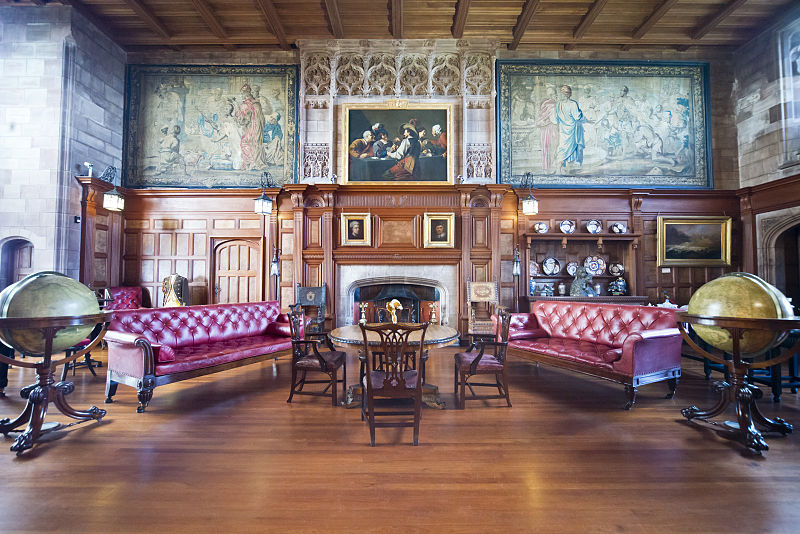
Beauty and practicality
From the village of Bamburg, along the wide main street to the cricket field, there is a great panorama of the local castle. But the best views of the castle are from the beach, when the tide goes out and the golden sunset illuminates the battlements, it's hard to imagine a more picturesque castle in all of England. And inside the walls there is a decorated hall of the Bamburg stone fortress. Here you can see a Saxon well, cut directly through the solid rock by 21 meters. This well was known for its clean water, and without it, Bamburg Castle would never have existed and would not have been able to withstand a siege.
